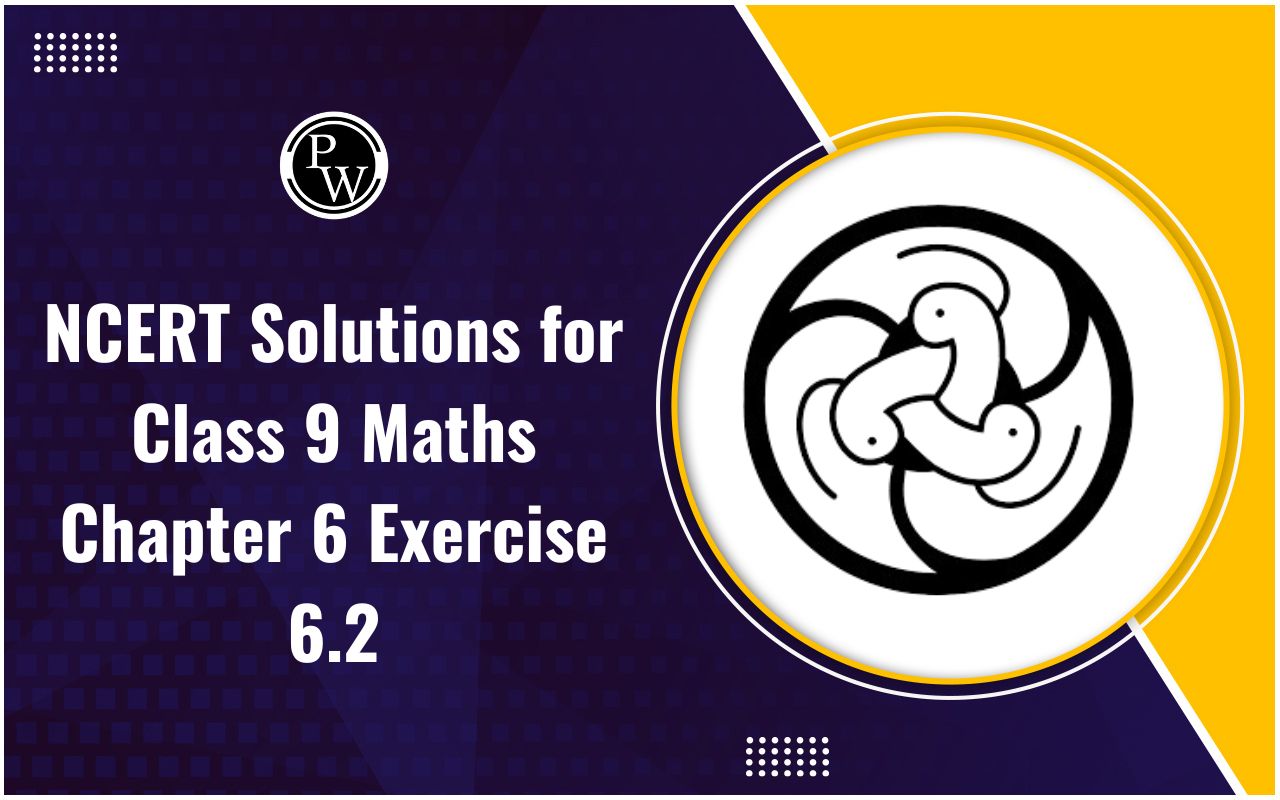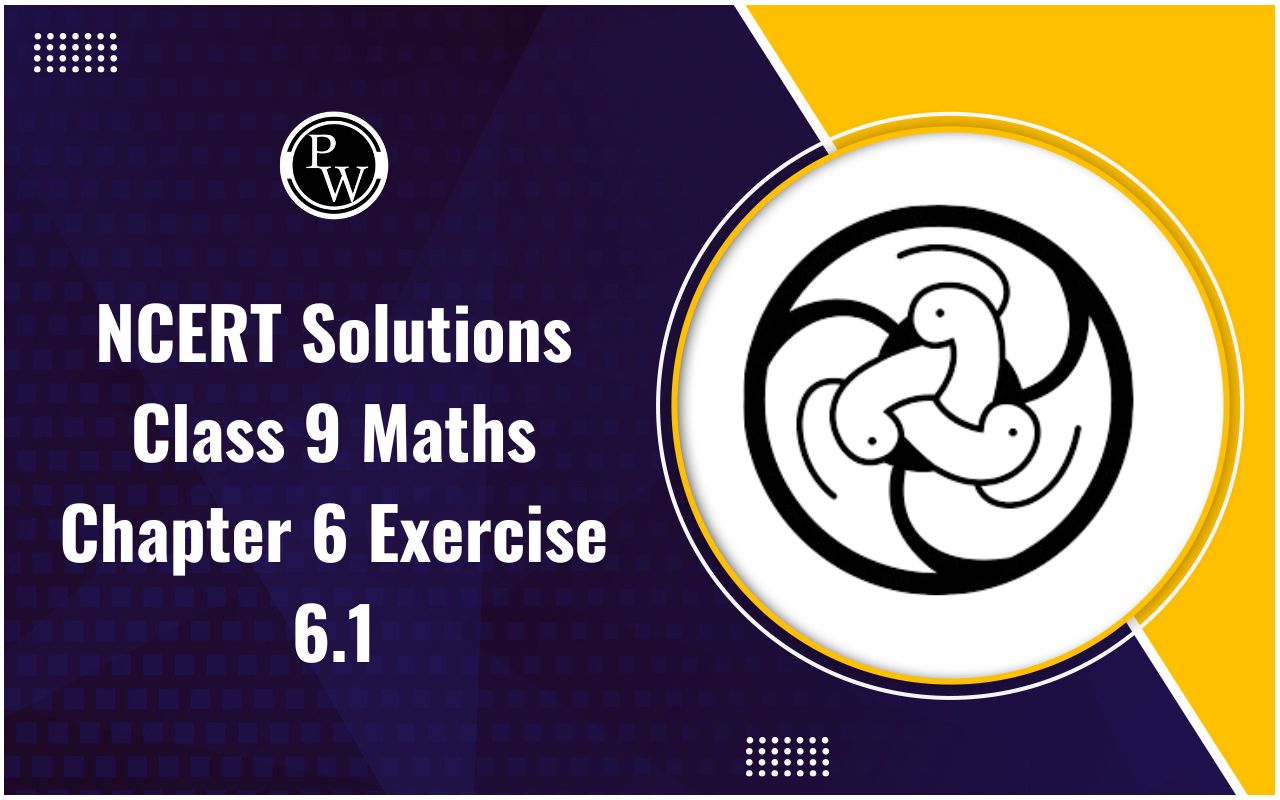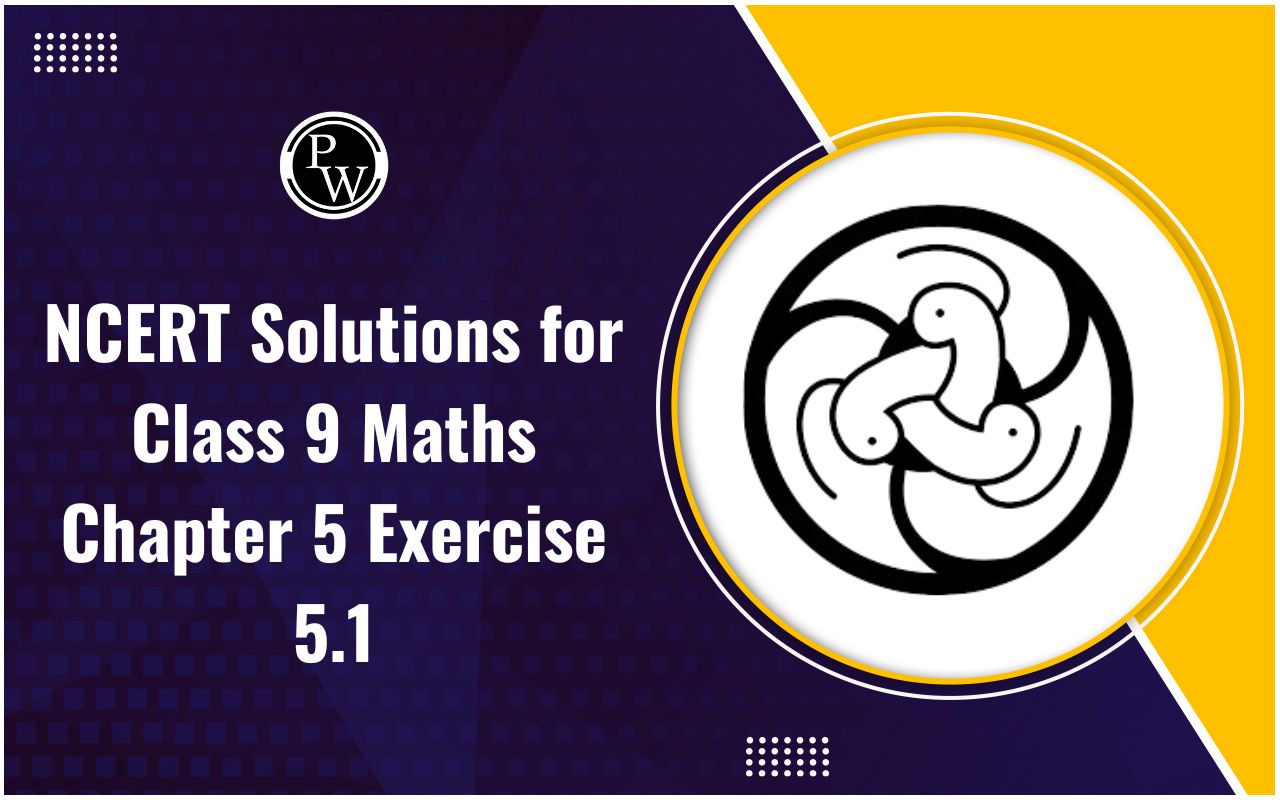

Hydrogen is the lightest and most abundant element in the universe, constituting roughly 75% of its elemental mass. It is the primary building block for the universe since stars primarily consist of hydrogen in its plasma state. Key properties and information about hydrogen include:
Physical State: At standard temperature and pressure (STP), hydrogen is a colorless, odorless, and tasteless diatomic gas, H 2 .
Occurrence: While abundant in the universe, on Earth, it's mostly found combined with other elements, especially in water (H 2 O) and organic compounds. Isotopes: Hydrogen has three primary isotopes: protium (1H 1 , no neutrons), deuterium ( 1 H 2 , one neutron), and tritium ( 1 H 3 , two neutrons).
Preparation of Hydrogen
Electrolysis of Water: By passing an electric current through water, it decomposes into hydrogen and oxygen gases.
2H 2 O (l) →2H 2(g) +O 2(g)
Reaction of Acids with Metals: Dilute acids react with metals like zinc, iron, and magnesium to release hydrogen gas.
Zn (s) + 2HCl (aq) →ZnCl 2(aq) +H 2(g)
Mg (s) + 2HCl (aq) → MgCl 2(aq) + H 2(g)
Reaction of Water with Active Metals: Alkali metals (like sodium) and alkaline earth metals (like calcium) react with water to produce hydrogen.
2Na (s) +2H 2 O (l) →2NaOH (aq) +H 2(g)
Ca (s) +2H 2 O (l) →Ca(OH) 2(aq)+ H 2(g)
Steam on Hot Metals: When steam passes over red-hot coke or iron, hydrogen gas is produced.
C (s) + H 2 O (g) → CO (g) + H 2(g)
3Fe (s) + 4H 2 O (g) → Fe 3 O 4(s) + 4H 2(g)
Steam Methane Reforming (SMR): This industrial method involves reacting methane with steam in the presence of a catalyst to produce hydrogen.
CH 4(g) + H 2 O (g) → CO (g) + 3H 2(g)
Chemical Properties of Hydrogen
Combustion: Hydrogen burns in air or oxygen to form water.
2H 2(g) + O 2(g) → 2H 2 O (l)
Reaction with Halogens: Hydrogen reacts with halogens to form halides.
H 2(g) + Cl 2(g) → 2HCl (g)
H 2(g) + Br 2(l) → 2HBr (g)
Reduction: Hydrogen acts as a reducing agent. For instance, when heated with copper (II) oxide, it reduces it to copper.
CuO (s) + H 2(g) → Cu (s) +H 2 O (g)
Formation of Hydrides: Hydrogen reacts with many elements to form compounds called hydrides. For example, with sodium, it forms sodium hydride.
2Na (s) + H 2(g) → 2NaH (s)
Reaction with Nitrogen (Haber Process): Hydrogen reacts with nitrogen to form ammonia in the Haber process.
N 2(g) + 3H 2(g) → 2NH 3(g)
Reaction with Organic Compounds: Hydrogen adds across double and triple bonds in unsaturated hydrocarbons in a reaction called hydrogenation. This is used to turn vegetable oils into solid fats.
C 2 H 4(g) + H 2(g) → C 2 H 6(g)
Hard and Soft Water
Soft Water: Water that produces lather with soap readily. It doesn't contain significant amounts of dissolved calcium and magnesium ions.
Hard Water: Water that doesn't produce lather easily with soap because it contains dissolved calcium and magnesium ions. Hardness can be temporary or permanent.
Temporary Hardness: Caused by the presence of bicarbonates of calcium and magnesium. It can be removed by boiling.
Ca(HCO 3 ) 2 → CaCO 3 ↓+ CO 2 + H 2 O
Permanent Hardness: Due to the presence of chlorides and sulfates of calcium and magnesium. Boiling doesn't remove it.
Removal of Permanent Hardness: Using Washing Soda (Sodium carbonate): It precipitates the calcium and magnesium ions.
Ca 2+ + Na 2 CO 3 → CaCO 3 ↓ + 2Na +
Ion exchange resins are polymers that can swap specific ions with ions in a solution that passes through them. They are commonly used to soften water by replacing calcium and magnesium ions with sodium ions. Here's how it works, explained through equations:
- Cation Exchange Resin (for removing cations like Ca 2+ and Mg 2+ ): The resin, initially loaded with sodium ions (Na+), is represented as RNa, where R is the resin matrix. When hard water passes through the cation exchange resin:
RNa + Ca 2+ → RCa +2 + Na +
RNa + Mg 2+ → RMg + 2Na +
Here, the calcium and magnesium ions from the water are replaced by sodium ions. Thus, the hardness-causing cations are removed from the water, and sodium ions are released instead.
- Anion Exchange Resin (for removing anions, if needed): Anion exchange resins work on a similar principle but remove anions from the water. Suppose the resin is initially loaded with chloride ions (Cl-), represented as RCl:
RCl + SO 4 2− → RSO 4 + Cl –
RCl + 2HCO 3 − → R(HCO 3 ) 2 + Cl –
Also Check – Discovery of Proton Formula
Preparation and Properties of Water
Preparation: Naturally from rivers, lakes, and underground reservoirs. Also from the combustion of hydrogen:
2H 2(g) + O 2(g) → 2H 2 O (l)
Properties:
It has high heat capacity and heat of vaporization.
It acts as a universal solvent due to its polarity.
It can form hydrogen bonds leading to its high boiling and melting points relative to its molecular weight.
Also Check – Bond Order Formula
Heavy Water (D₂O)
Preparation: By the electrolysis of ordinary water; the fraction of heavy water increases as electrolysis proceeds.
Properties: Chemically similar to ordinary water but has different physical properties (e.g., higher density, boiling point, melting point). It doesn't support life as efficiently as ordinary water. Used as a moderator in nuclear reactors.
Also Check – Charles Law Formula
Hydrogen Peroxide (H₂O₂)
Preparation: By the electrolysis of an aqueous solution of sulfuric acid or from peroxydisulfates.
2HSO 4 − → H 2 S 2 O 8 + H 2 O
H 2 S 2 O 8 + 2H 2 O→ 2H 2 O 2 + H 2 SO 4
Properties: Pale blue liquid in pure form.
It acts as a powerful oxidizing as well as a reducing agent.
Decomposes in the presence of light to give oxygen:
2H 2 O 2 → 2H 2 O + O 2
Used as a bleaching agent and in pollution control.
Hydrogen Formula FAQs
Q1. Is hydrogen a metal or non-metal?
Q2. What is the natural state of hydrogen at room temperature?
Q3. How is H2 produced commercially?
Q4. Is hydrogen combustible?
Q5. What is the byproduct when H2 burns in air?












